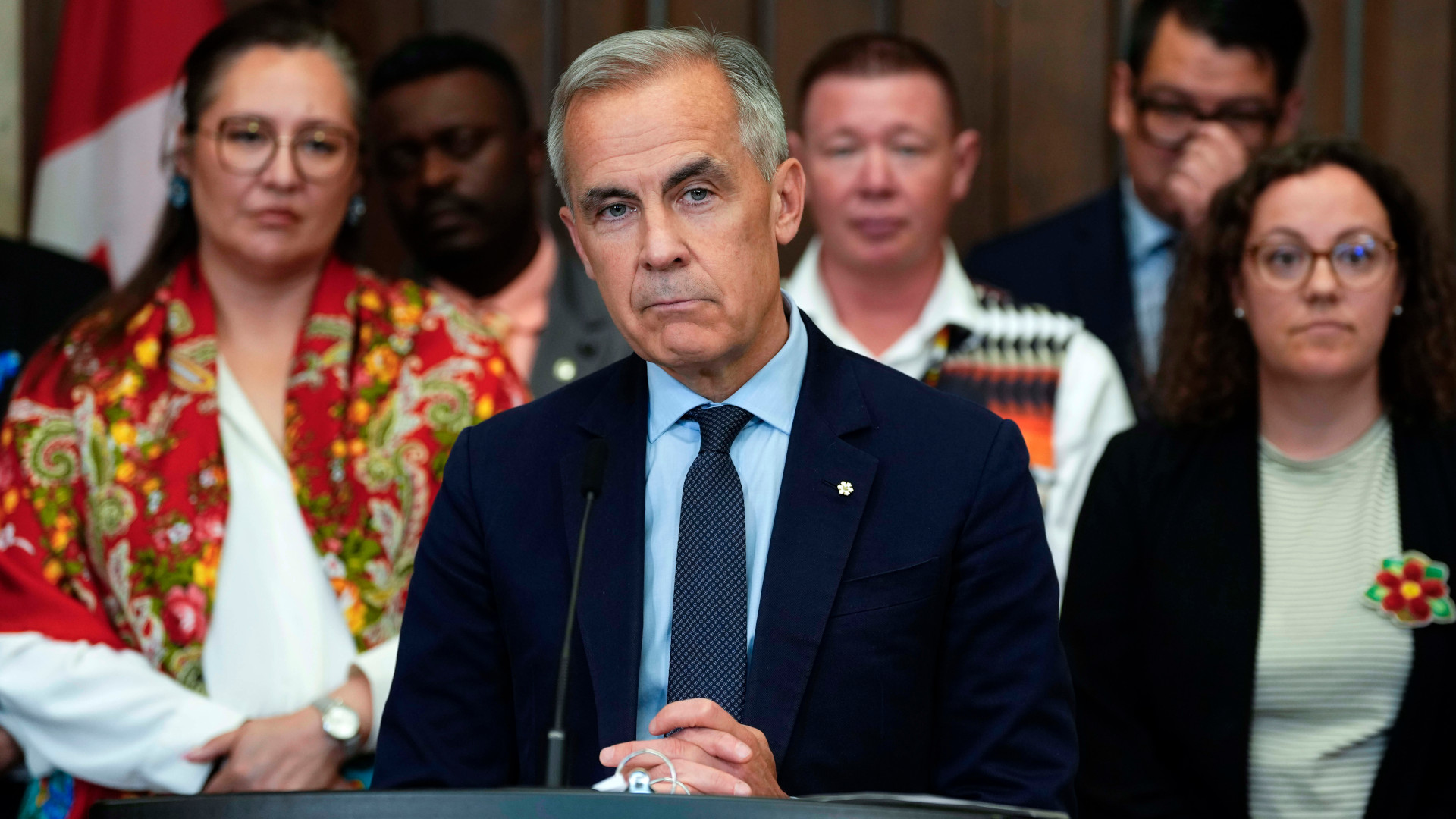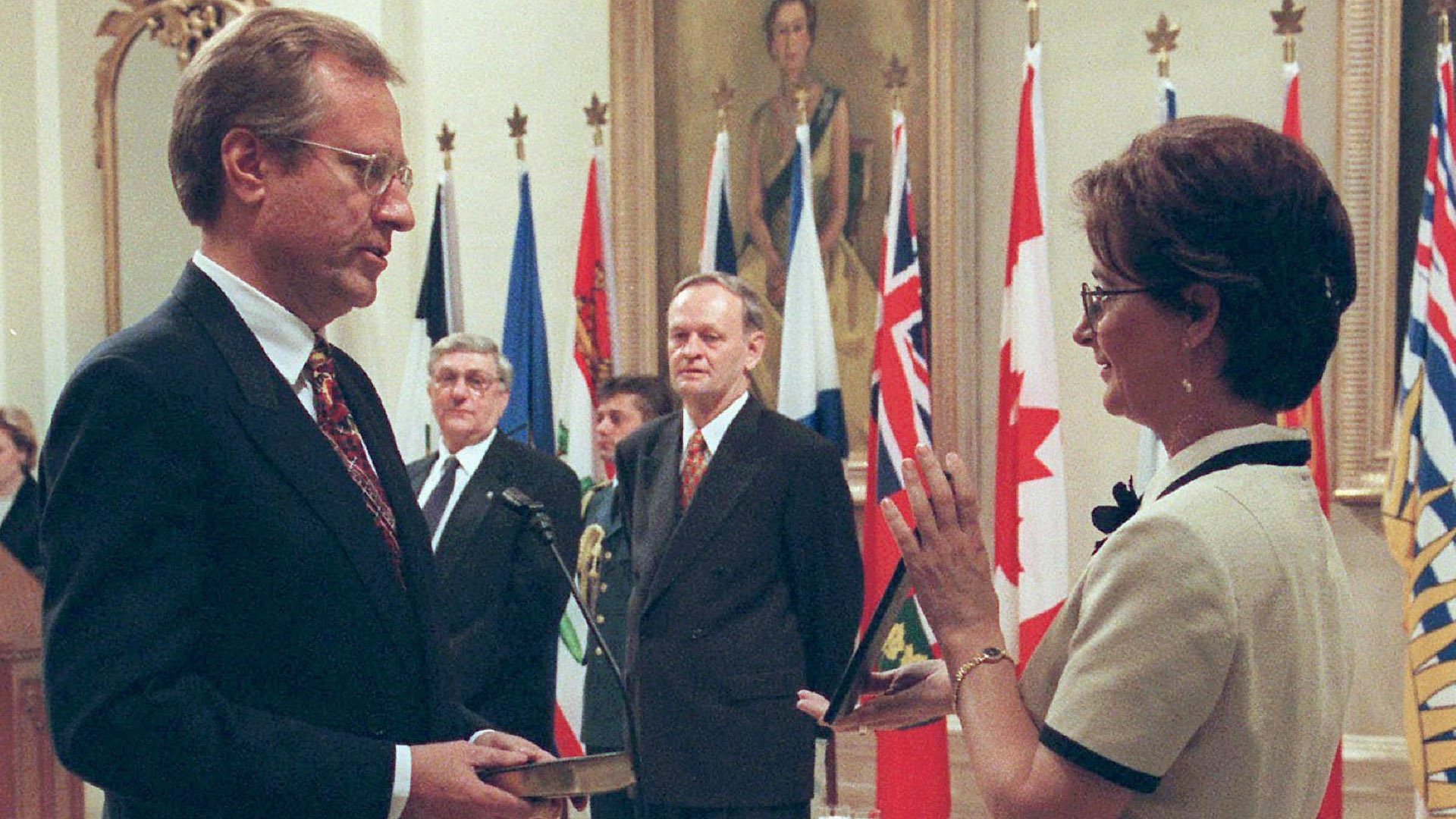
OTTAWA – The seven-year hiring spree in Canada’s public service will continue with billions of dollars in additional spending that will push the size of the workforce to about 409,000 jobs within five years, says the parliamentary budget officer.
Treasury Board President Mona Fortier tabled the government’s latest spending plans – known as supplementary estimates (B) – asking Parliament to approve another $21 billion. That’s among some of the biggest asks in supplementary estimates other than emergency spending to deal with the pandemic.
In his latest report, Parliamentary Budget Officer Yves Giroux estimates $2.3 billion of this additional spending is needed for the salaries and benefits of an expanding bureaucracy, which pushes the wage bill to $55 billion this year. That’s more than $130,000 per full-time employee.
Federal IT contracting: Overdone and out of date
Ottawa needs thousands of tech workers to serve Canadians properly
The government has been on a hiring binge since 2015, which kicked into overdrive to deal with the pandemic. The big hires were at:
- Canada Revenue Agency: 9,900 new recruits,
- Employment and Social Development Canada: 8,500,
- Public Health Agency of Canada: 1,900,
- Immigration, Refugee and Citizenship Canada (IRCC): 1,750.
But there’s more coming.
In the fall economic statement:
- Canada Border Services Agency got $137 million to recruit and train more border guards,
- Veterans Affairs snagged $115 million to help hire and keep case managers,
- IRCC is filling 1,250 new positions to tackle backlogs.
On top that, Chief Information Officer Catherine Luelo says the public service needs to fill about 7,000 IT jobs. The military is short about 10,000 members.
By PBO’s count, the public service – including the military – grew from 342,000 jobs in 2015-16 to 391,000 in 2020-21. That means the public service bounced back bigger than a decade ago, when the Harper government eliminated thousands of jobs.
The PBO said spending on personnel grew an average of 6.7 per cent a year – from $39.6 billion to $60.7 billion – in the seven years since the Trudeau government was elected. That’s about a four-per-cent increase in compensation for each full-time employee.
All this extra spending should appease jittery public servants who may have braced for restraint and for the axe to begin to fall on federal jobs. Finance Minister Chrystia Freeland’s economic update revealed nearly $22 billion in new spending, much of it on internal services, since the April budget. (p. 61-66)
Giroux said anyone looking to the economic update for signs of the departments reallocating money or reducing spending found a “very different” story.
“It’s growing,” he said. “With the amounts that were announced in or before the fall economic statement, oh yes, they are growing the public service,” he said.
The $21-billion ask in the supplementary estimates covers a raft of spending measures that bypassed the normal financial cycle.
About a third of the money is tied to spending announced in April’s budget, another third is for Indigenous reconciliation and the rest is for initiatives that were not in the budget or the fall economic update. The spending approval for them was crammed in the six months between the budget and fall update.
And the spending and strategic reviews announced in budget 2022 to save $9 billion over five years? Federal unions, which have faced four reviews since the Mulroney era, initially saw them as code for cuts.
But Giroux said the impact of the reviews will barely be noticed.
For the spending review, the government was looking for $3 billion in savings to begin in 2023-24. It expected to find the money by reviewing previously announced spending to ensure programs fit the government’s “changing circumstances.”
The government declared victory on the spending review in the fiscal update and booked $3.8 billion in savings for COVID-19 benefits it didn’t have to spend. Giroux argued it is misleading to take last year’s savings as credit for savings the government promised to find later in a review.
As for the strategic review, Giroux said it will be “fairly easy” for departments to find savings with all the money coming their way.
On top of that, the government is spending another $2.25 billion over six years to improve service delivery rather than reviewing the effectiveness of operations to trim costs.
“They’ll probably find that they can’t spend all the money that they’re allocating to departments, and they’ll claim that as a saving,” Giroux said.
But the big question is why, with all this hiring, are services not any better? For months, people have been waiting for passports, immigration applications and veterans benefits to be processed.
Big barriers to improving service are investment in technology and recruiting the right people. It’s unclear whether the government is hiring people with the skills for the future or simply scrambling for people to deal with the pressure of backlogs and delays.
The passport backlog, for example, was the result of a number of converging factors that swamped the system with more applications than it could handle. Among them were modernization plans to automate passport processing that got delayed by COVID-19.
“There was a lot of hiring for an ancient system that’s been in place since the late 1990s. We were on the cusp of completely replacing it with one that would dramatically improve automation,” said one official who worked on the modernization plan and is not authorized to speak publicly.
Giroux said the extra funding is aimed at resolving the service crises. Ideally, however, the government is also hiring workers with skills it needs down the road.
The black hole of public service contract spending
The Achilles heel of the federal public service gives out again with passport fiasco
“Is the government gearing up for that?” asked Giroux. “They know the demographics and the composition of the public service, so they should have a pretty good sense of where they want to go and, hopefully, hire to that effect.”
The growth of the public service is difficult to track with seemingly no overall human resources plan. CIO Luelo is working on a digital talent plan, but Treasury Board didn’t respond to questions on its human resource plan for the future.
For some skills, like IT expertise, the government can’t compete with private sector salaries. The high-level IT experts it wants to build in-house are attracted to the complexity of the work but often prefer to work remotely, are often not bilingual and are not drawn by pensions and benefits, the traditional lures of a bureaucratic career.
The rub is departments will have to fill the gap with more outsourcing, which some argue is already over-the-top and should be reined in.
Sean Boots, a senior policy advisor at Canadian Digital Service who worked on a Carleton University research project that examined contracting, recently told a parliamentary committee that departments don’t know how many* contractors are working for them – using government laptops, emails and building passes. Data gathered so far suggests at least 7,700 contractors are working in departments, making an average of $1,400 a day and up to $2,800 a day.
*Note to readers: A previous version of this article was missing the word “many” in the last paragraph.
This article was produced with support from the Accenture Fellowship on the Future of the Public Service. Read more of Kathryn’s work here.









